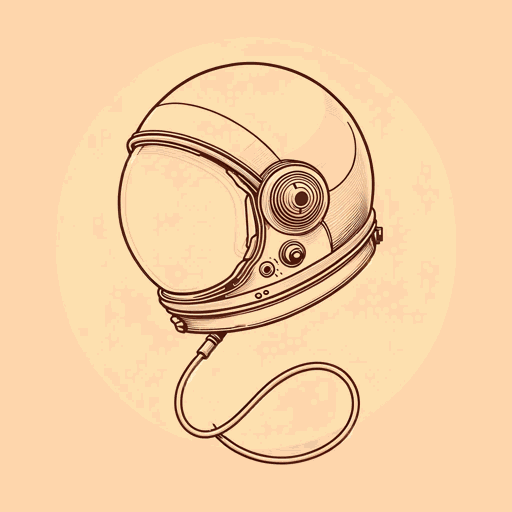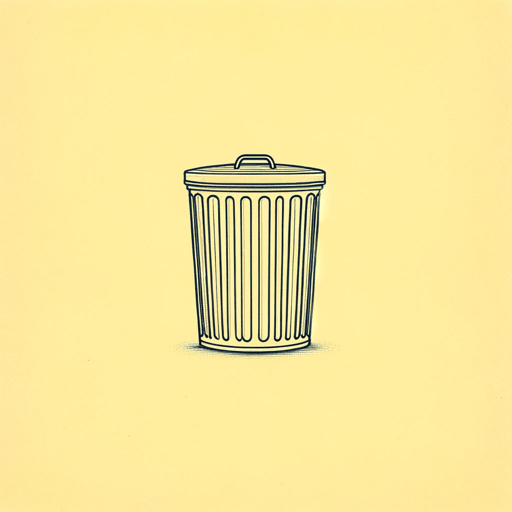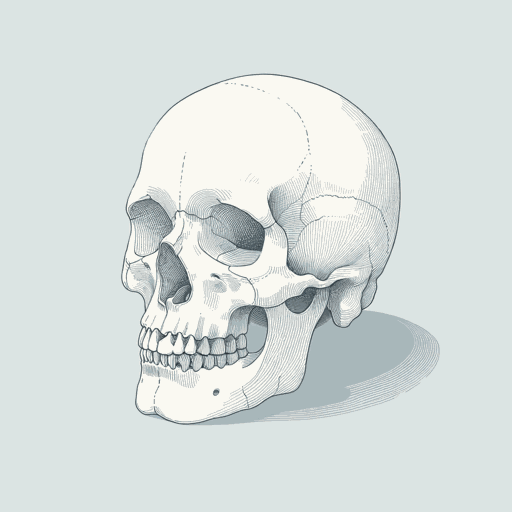50 pages • 1 hour read
Mary RoachPacking for Mars: The Curious Science of Life in the Void
Nonfiction | Book | Adult | Published in 2010A modern alternative to SparkNotes and CliffsNotes, SuperSummary offers high-quality Study Guides with detailed chapter summaries and analysis of major themes, characters, and more.
Chapters 4-6Chapter Summaries & Analyses
Chapter 4 Summary: “You Go First: The Alarming Prospect of Life Without Gravity”
Project Albert was an experiment to send a rhesus monkey into space to observe the effects of weightlessness on an organism. The project conducted six missions with six successive monkeys, each named Albert and encased in the nose of a rocket. Scientists concluded that monkeys can survive in low gravity, though all the animals lost their lives due to faulty pre-lift and landing procedures. Roach uses the project to discuss one of the early unknowns of space travel: Can humans survive without gravity?
Gravity is the force of attraction between two objects that is relative to mass and distance. Thus, whereas an object’s mass does not change relative to the force of gravity (mass measures the static amount of substance an object has), weight does (weight is the effect of gravity on an object’s mass). Roach clarifies that the term “zero gravity” is technically inaccurate, since the Earth’s gravitational pull is still minutely acting upon objects in orbit. In any case, since gravity is a fundamental force, scientists were necessarily fretful of unforeseen complications that could arise from sending a human into space, such as damage to organ functions, senses, and cognitive abilities.
To ascertain the effects of weightlessness on a human subject, two German scientists, Fritz and Heinz Haber, developed parabolic flight in 1950.
Related Titles
By Mary Roach
Featured Collections
9th-12th Grade Historical Fiction
View Collection
Books on U.S. History
View Collection
Equality
View Collection
Laugh-out-Loud Books
View Collection
New York Times Best Sellers
View Collection
Science & Nature
View Collection
SuperSummary Staff Picks
View Collection
Teams & Gangs
View Collection
YA Nonfiction
View Collection



